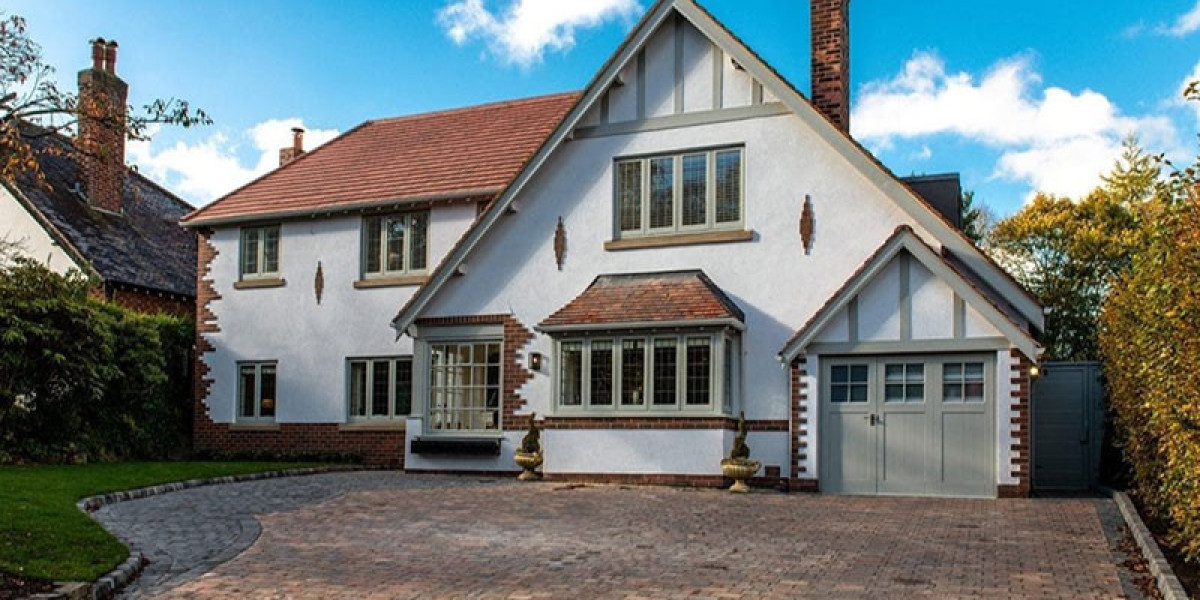
In recent years, the construction and architectural industries have witnessed a significant shift towards the use of materials that offer durability, energy efficiency, and low maintenance. One such material that has gained considerable popularity is Unplasticized Polyvinyl Chloride, commonly known as UPVC. UPVC windows, in particular, have emerged as a preferred choice among builders, architects, and homeowners alike. This article explores the advantages, applications, and environmental considerations associated with UPVC windows, highlighting their role in modern architecture.
What is UPVC?
UPVC is a rigid form of polyvinyl chloride (PVC) that is manufactured without the addition of plasticizers, which makes it more durable and stable. This material is known for its excellent resistance to the elements, including UV rays, moisture, and temperature fluctuations. As a result, UPVC is widely used in the construction of windows, doors, and various other building components.
Advantages of UPVC Windows
- Durability and Longevity: One of the most significant advantages of UPVC windows is their durability. Unlike traditional wooden windows, which can rot, warp, or become infested with insects, UPVC windows maintain their structural integrity over time. They are resistant to corrosion and do not require regular painting or staining, making them a long-term investment.
- Energy Efficiency: UPVC windows are designed to provide excellent insulation, which helps in reducing energy consumption. They feature multi-chambered profiles that trap air, creating an insulating barrier. This results in lower heating and cooling costs, making UPVC windows an environmentally friendly option. Many UPVC windows also come with double or triple glazing options, further enhancing their energy efficiency.
- Low Maintenance: UPVC windows require minimal maintenance compared to other materials. They can be easily cleaned with soap and water, and they do not need to be painted or treated regularly. This low maintenance requirement is particularly appealing to homeowners and property managers, as it saves both time and money.
- Sound Insulation: UPVC windows provide excellent sound insulation, making them ideal for homes located in noisy environments. The multi-chambered design and the option for double or triple glazing help to reduce external noise, creating a more peaceful indoor atmosphere.
- Aesthetic Versatility: UPVC windows are available in a wide range of styles, colors, and finishes, allowing homeowners and architects to choose designs that complement the overall aesthetic of a building. Whether it’s a traditional or contemporary style, UPVC windows can be customized to meet specific design requirements.
- Cost-Effectiveness: While the initial cost of UPVC windows may be higher than traditional materials, their durability and low maintenance needs make them a cost-effective choice in the long run. Homeowners can save significantly on energy bills and maintenance costs, leading to a favorable return on investment.
Applications of UPVC Windows
UPVC windows are versatile and can be used in various applications, including residential, commercial, and industrial buildings.
- Residential Buildings: In residential construction, UPVC windows are commonly used for new builds and renovations. Their energy efficiency and low maintenance make them an attractive option for homeowners looking to improve their property’s performance and aesthetics.
- Commercial Buildings: Many commercial properties, including offices, retail spaces, and hotels, utilize UPVC windows for their durability and energy-saving properties. These windows can withstand heavy use and provide a professional appearance to commercial facades.
- Industrial Facilities: In industrial settings, UPVC windows are often used in warehouses and manufacturing plants. Their resistance to chemicals and moisture makes them suitable for environments where traditional materials may fail.
- Public Buildings: Schools, hospitals, and government buildings benefit from the energy efficiency and sound insulation properties of UPVC windows. These facilities often require materials that can withstand heavy usage while providing a comfortable environment for occupants.
Environmental Considerations
As the world becomes increasingly aware of the importance of sustainability, the environmental impact of building materials is under scrutiny. UPVC windows have several eco-friendly attributes:
- Recyclability: UPVC is a recyclable material, and many manufacturers have established programs to recycle old UPVC windows. This reduces waste and encourages the responsible disposal of materials at the end of their life cycle.
- Energy Efficiency: By improving a building’s energy efficiency, UPVC windows help reduce greenhouse gas emissions associated with heating and cooling. This contributes to a lower carbon footprint for residential and commercial properties.
- Sustainable Manufacturing Practices: Many UPVC manufacturers are adopting sustainable practices, including reducing energy consumption during production and using recycled materials in their products. This commitment to sustainability further enhances the environmental benefits of UPVC windows.
Conclusion
UPVC windows represent a significant advancement in building materials, offering an array of benefits that cater to the demands of modern architecture. Their durability, energy efficiency, low maintenance requirements, and aesthetic versatility make them an ideal choice for a wide range of applications. As the construction industry continues to prioritize sustainability and performance, UPVC windows are likely to play an increasingly prominent role in the design and construction of buildings. With ongoing advancements in manufacturing and recycling processes, UPVC windows will not only meet the needs of today’s builders and homeowners but also contribute to a more sustainable future.








